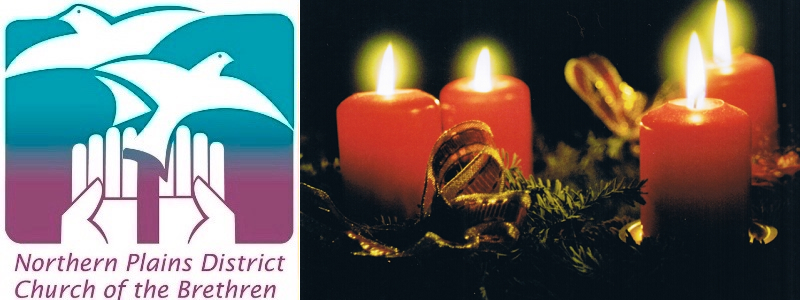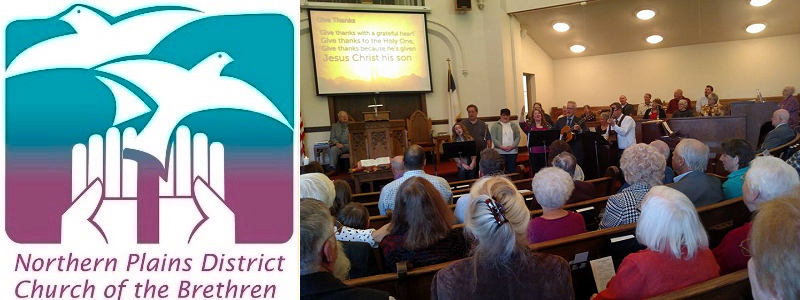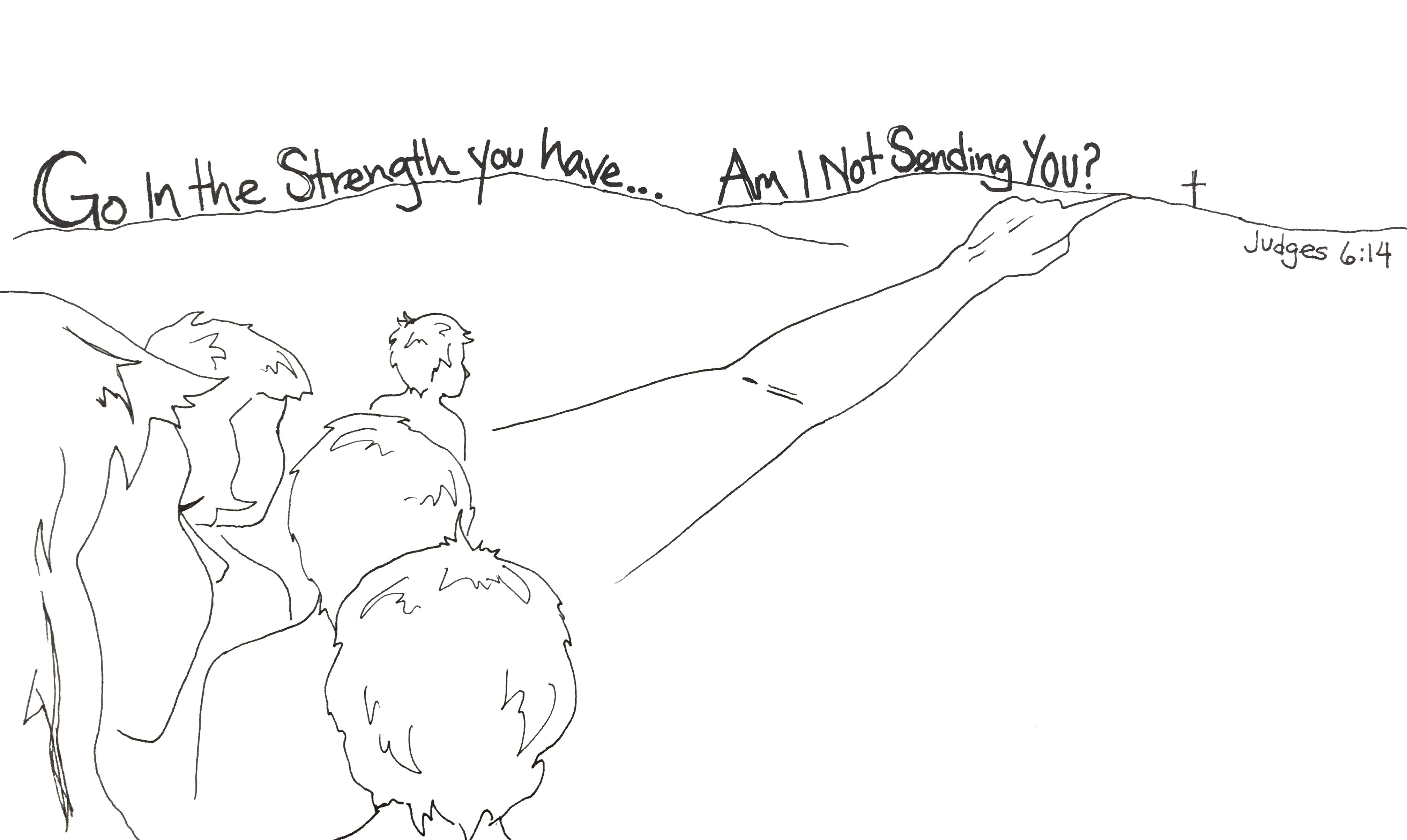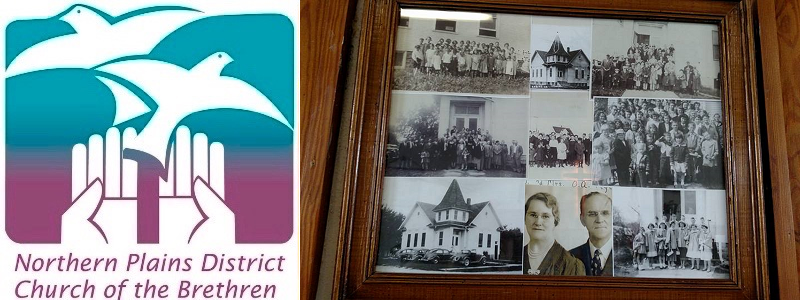District News & Announcements – Advent 2016
District Advent Calendar 2016
Ankeny
Panther Creek
Peace Church
Prairie City
Sheldon
South Waterloo
Stover
Other News:
2017 Prayer Calendars
Panora’s address was incorrectly listed.
The Address for Panora Church of the Brethren is:
2964 200th Rd, Panora, IA








